If anyone wants to know what is water sports then the answer is any games or recreational activities that involve people with or without equipment to take part in some form of competitive movement in a water body is called a water sport. In simpler terms, it means sports that are based on water. These sports are performed in swimming pools, lakes, rivers, or open seas.
Let’s know what is water sports elaborately
Watersport means or what water sports mean is running on water, such as waterskiing and windsurfing. A large number of sports that directly connected with water. The list of water sports below is categorized by how the games related to the location of the water are played. There are various types of water sports such as banana rides, jet-skiing, parasailing, paragliding, bumper rides, etc. You can also do scuba diving. This is a famous aquatic activity where you can see underwater marine life, corals, and fish.
What are Water Sports?
Water sports encompass a wide range of recreational activities that take place in or on bodies of water. These exhilarating and often adrenaline-pumping sports offer individuals the opportunity to engage with the water in various ways, whether it’s on the surface, beneath the surface, or even above it. From rivers and lakes to oceans and seas, water sports can be enjoyed in different aquatic environments, each offering unique challenges and thrills.
Water sports can be categorized into different types based on the primary element of water involved. Some popular categories of water sports include:
Swimming: Swimming is a fundamental water sport that involves propelling oneself through the water using the arms and legs. It is not only a recreational activity but also a competitive sport with various strokes, such as freestyle, breaststroke, backstroke, and butterfly.
Surfing: Surfing involves riding ocean waves using a surfboard. Surfers paddle out to catch waves and then maneuver atop the wave face, performing various maneuvers and turns. It requires a combination of balance, timing, and wave-reading skills.
Waterskiing: Waterskiing is a sport where a person is pulled behind a motorboat or cable system while skimming on the water’s surface on a pair of skis. The skier holds onto a tow rope, using it for stability and control.
Wakeboarding: Wakeboarding combines elements of water skiing, snowboarding, and surfing. The rider is towed behind a motorboat and uses a single board with bindings to perform tricks and jumps on the wake created by the boat.
Jet Skiing: Jet skiing involves riding a small personal watercraft, commonly known as a Jet Ski, through the water. These powered machines can reach high speeds, allowing riders to navigate waves, perform maneuvers, and experience an adrenaline rush.
Scuba Diving: Scuba diving is a recreational and sometimes professional activity that allows individuals to explore the underwater world. Divers use a self-contained underwater breathing apparatus (SCUBA) to breathe compressed air and venture into the depths, marveling at marine life, coral reefs, and submerged landscapes.
Snorkeling: Snorkeling is a water activity where participants swim on the water’s surface while wearing a snorkel, mask, and fins. This allows them to observe the underwater world without the need for SCUBA equipment. Snorkelers can explore shallow reefs and observe marine life from the surface.
Kayaking: Kayaking involves paddling a small, narrow watercraft called a kayak. Kayaks can be used on rivers, lakes, and the ocean. This activity offers opportunities for leisurely exploration, fishing, whitewater rafting, or sea kayaking along coastlines.
Stand-Up Paddleboarding (SUP): Stand-up paddleboarding involves standing on a large, stable board and propelling oneself through the water using a long paddle. SUP can be enjoyed on lakes, rivers, or even in the surf, offering a full-body workout and a serene way to enjoy the water.
Sailing: Sailing refers to the use of wind to propel a boat across the water. Sailboats come in various sizes and designs, and sailing can range from leisurely cruising to competitive racing.
These are just a few examples of the wide array of water sports available for enthusiasts of all ages and skill levels. Whether you seek adventure, relaxation, or a combination of both, water sports offer a thrilling and immersive experience that connects individuals with the natural beauty and power of the water.
Different Types Of Water Sports
Water sports can be divided into 3 types, depending on the co-relation of the water body to the sport.
These three types are:
- Sports carried out in the water
- Sports carried out on the water
- Sports carried out under-water
Each of these three types has numerous individual sports. These individual sports also have numerous distinctive features. Here are some of the common games in the three categories
| In the water | On the water | Under-water |
| Swimming | Fishing | Free Diving |
| Synchronized Swimming | Boating | Sport Diving |
| Rescue Swimming | Boat Racing | Deep Diving |
| Fin Swimming | Dragon Boat racing | Cave Diving |
| Diving | Sailing | Spear Fishing |
| Synchronized Diving | Surfing | Aquathlon |
| Water Aerobics | Parasailing | Underwater Hockey |
| Water Polo | kayaking | Underwater Rugby |
| Water Basketball | Jet skiing | Underwater Wrestling |
| Water Volleyball | Canoeing | Underwater Target Shooting |
All these water sports provide different and exciting experiences. The rules for each sport are different from the others.
Requirements To Participate in What is Water Sports
No matter the type of water sport, the ability to swim is the most basic requirement for all who are participating. Even if the particular sport does not require the sportsmen to swim, it is a must for safety measures.
Some water sports require the players to be able to hold their breath for minutes, such as free diving, deep diving, etc. While in other games you can just breathe normally, like fishing, surfing, etc.
Water sports like boating, parasailing, and jet skiing require a lot of extra equipment. Other than the carried or vehicular equipment, they also require personal protective gear. This equipment sometimes can be very intricate and has to be custom-made for the sportsman.
Popularity Of Water Sports
57 nations continuously participate in swimming at the Summer Olympics every time. Nations like North America, Chile, the UK, Canada, and Australia consider swimming to be a highly popular sport. That is just one category of water sports.
Given the hundreds of varieties of water sports conducted by millions of people and with so many training facilities, it is safe to say that people all over the world love water sports.
Even without the competitive factor, people are participating in water sports like scuba diving, and snorkeling just for the fun of it. It is because they want to see the beauty of the undersea world.
Water sports like surfing, jet-skiing, and high diving give sportsmen a rush of adrenaline. That is why millions keep coming back to these sports.
What is Water Sports For Beginners
Out of curiosity people tend to find out the exact meaning of what is water sports. When they do, all that is left is for them to experience it firsthand.
Water sports indeed contain a certain level of danger, and some sports can take years to master. That being said, here are some water sports that even beginners can get good at very fast.
Kayaking
In a kayak, one has to slide their legs into the kayak, and they are ready to go. This sport is a very good option to feel the open waters and enjoy the scene.
Kayaking requires almost zero lower body strength. The kayak is powered by the kayak pilot with the help of a two-headed paddle. This lets the pilot maneuver the kayak however they please.
Kayaks are built for one or two people to sit in at a time.
Kayaks are different from canoes. Canoes get filled with water if they are overturned, but kayaks can be flipped right over with minimum effort. Any skilled kayak pilot can do it without even getting out of the kayak.
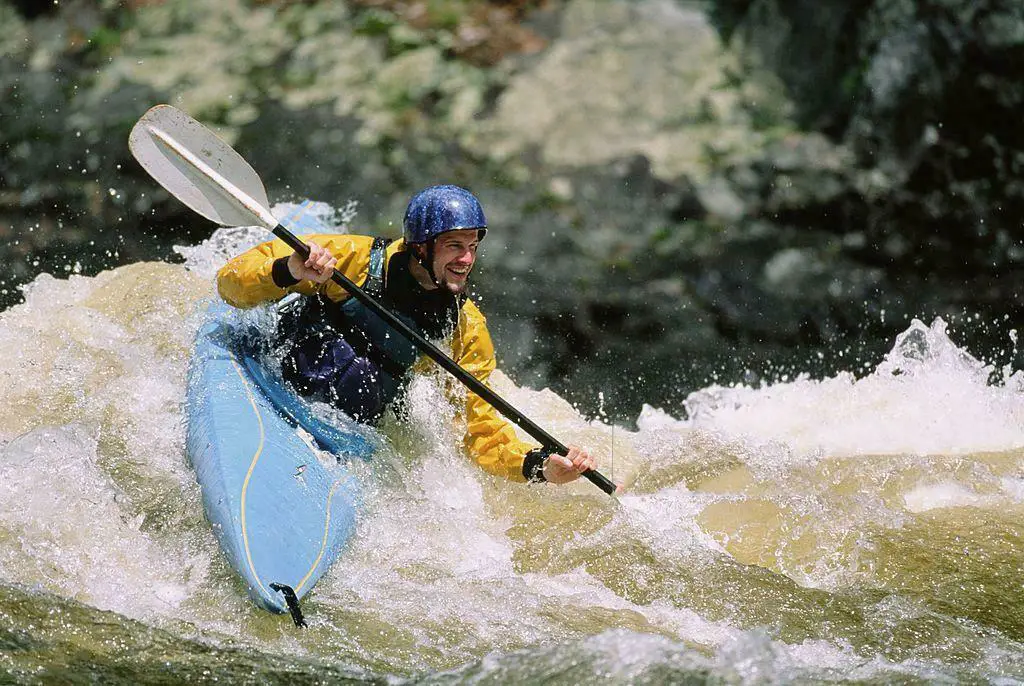
Paddle Boarding
Paddleboarding is a simplified version of surfing. While both require you to stand on a board and ride the wave, paddleboards are way more stable. This board is maneuvered by using a long paddle.
It requires minimum lower body strength. The board’s stability provides extra safety for the rider as they can enjoy their rides. It is perfect for someone who is just starting with water sports.
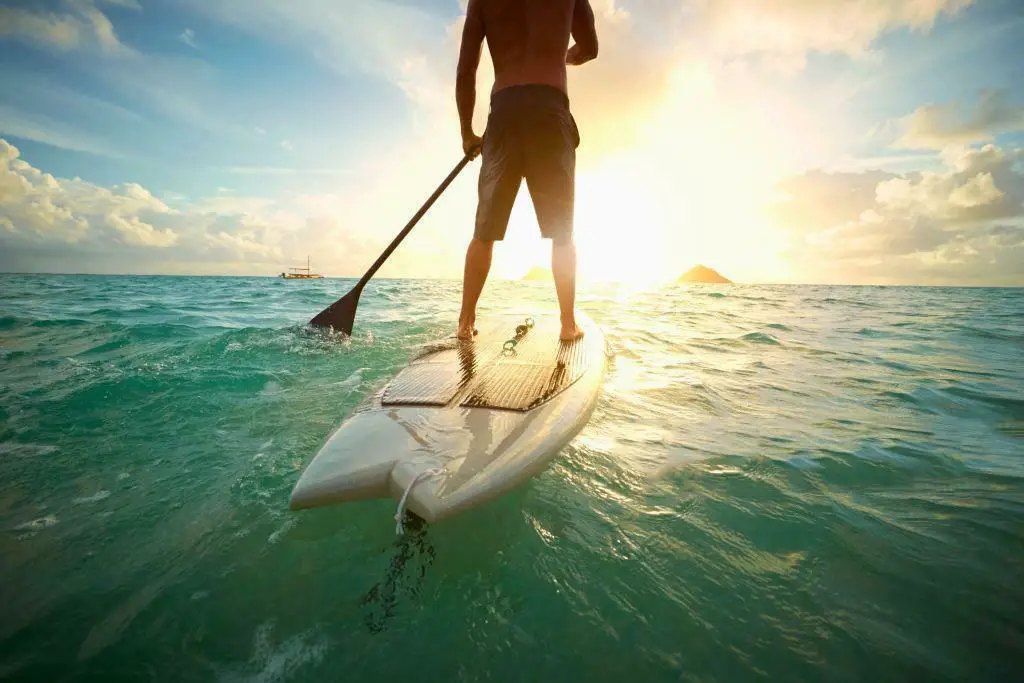
Dinghy Sailing
Sailing might sound hard but a dinghy is easier to get used to. These boats are made for riding alone or in a group of 2-4. It doesn’t require much training to get into.
These small boats have sails attached to them that can be used to catch the wind and increase speed. A dinghy ride is perfect for a holiday trip to a sunny beach.
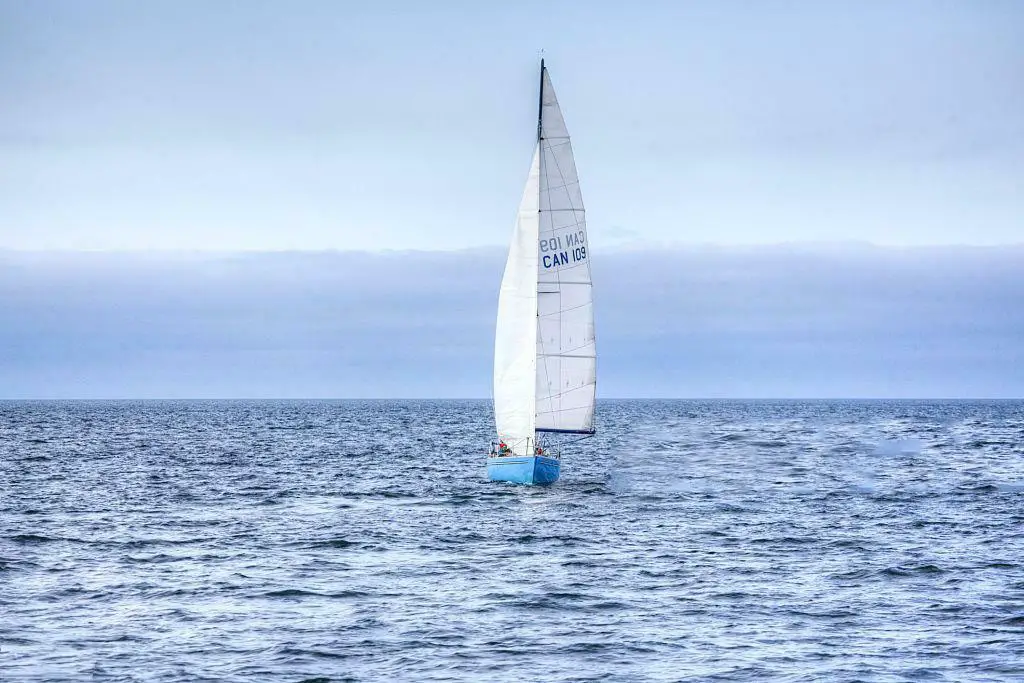
Swimming
One may not have a sunny beach or equipment to try out the other sports at all times. But the basics of water sports, swimming can be enjoyed almost anywhere with enough water.
Swimming is easy to learn and very healthy as well. People can learn to swim in just a few days. The best part about swimming is that it can be done at any time the sportsman desires.
With good swimming skills, confidence grows. It allows one to be able to try out new and harder variations of water sports.
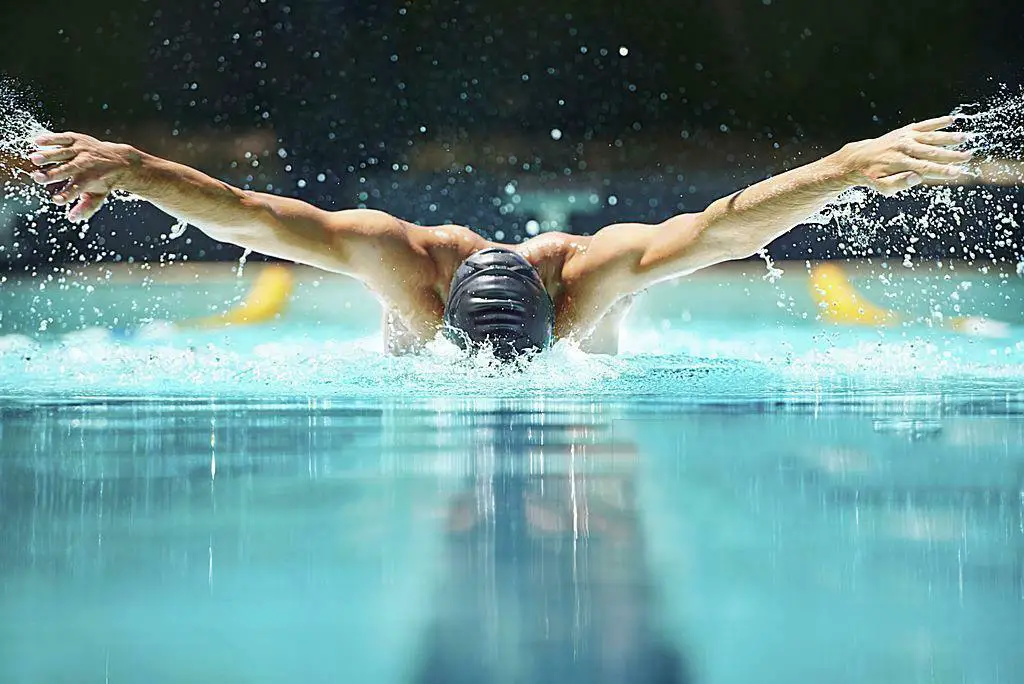
The Two Icons Of Water Sports
The two most popular water sports are:
- Surfing
- Scuba Diving
Surfing
In surfing a rider uses his board to ride the waves coming towards the shore. It requires a tremendous amount of balance and technique. Surfing is so widely known that it is at the top of the list of the world’s most well-known water sports.
Surfing has multiple categories as well. The three prime types are stand-up surfing, longboarding, and short boarding. Stand-up surfing means standing up on the board while riding the wave. Longboarding and short boarding have an obvious difference in the size of the board.
There is a peculiar form of surfing known as body surfing where a rider uses his own body like a board to ride the waves. It is also called the purest form of surfing. A very similar concept is bodyboarding where a rider lays flat on his board while riding the wave.
Surfing is not limited to ocean waves. Rather some surfers ride the waves of rivers and lakes. Toe-in surfing is also famous. In this case, the rider is pulled using a separate boat. This form is mostly practiced in lakes and other still-water bodies where natural waves are unlikely to form.
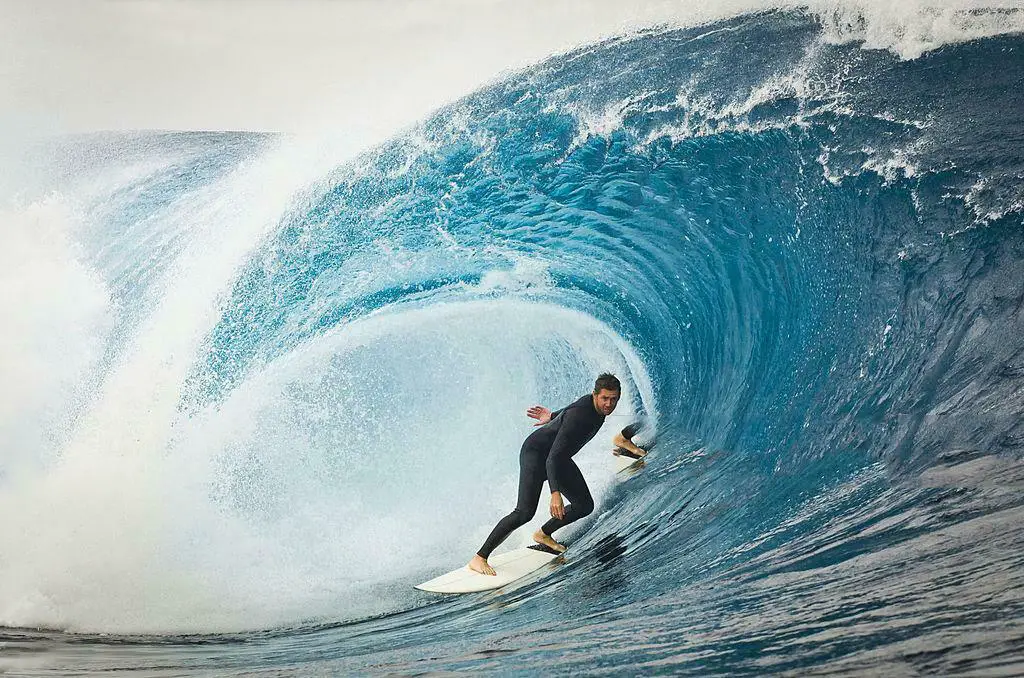
Scuba Diving
Scuba diving is staying a long time underwater. If one can’t see what’s under the deep blue sea? That is why scuba diving is famous among people who want to enjoy undersea beauty.
Scuba divers carry cylinders filled with compressed breathing gas that lets them dive for hours at a time. Along with the cylinders, divers use paddle-like shoes that let them effectively swim underwater.
This sport has its recreational value. But it is also used for many other useful purposes such as in various research and military fields.
Scuba divers sometimes use a propulsion vehicle that lets them swim faster underwater. These vehicles are specially made to be used underwater.
As scuba diving involves quite a few risks, proper training before diving is a must. Training centers provide certificates for professional divers and hobbyists alike.
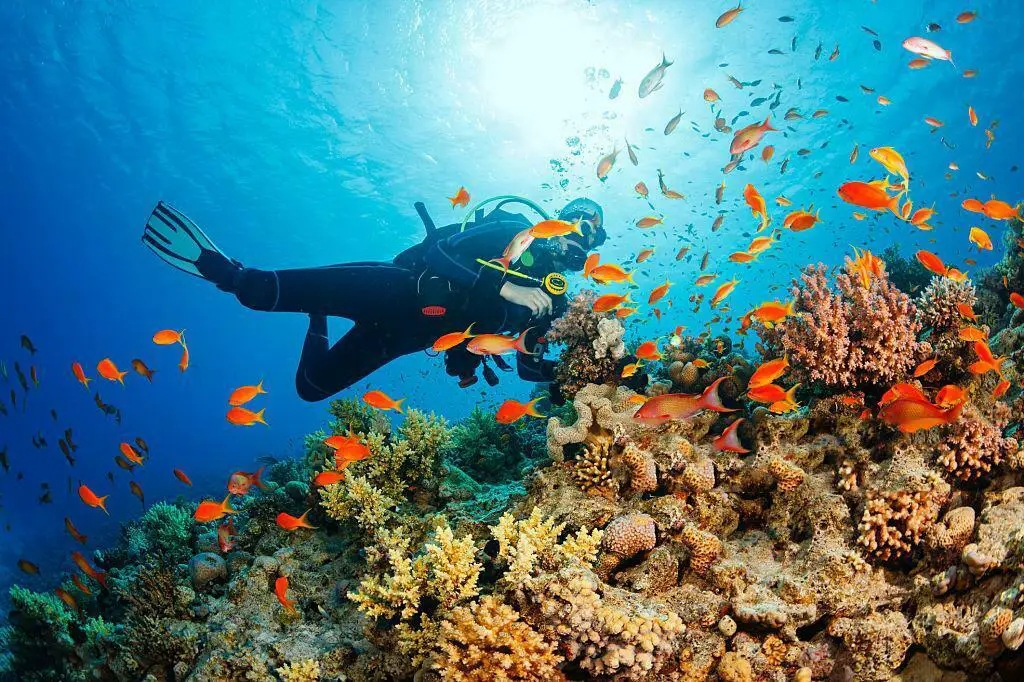
The Hardest Water Sports
Water Polo is considered the hardest water sport due to the sheer physical load it puts on the players.
It is a team game. Each team consists of exactly seven players. The prime objective of the game is to put a ball into the opposing team’s net.
A water polo ball is roughly the same size as a football and floats on the water.
Players have to have a lot of strength, lung capacity, agility, and precision to be good at it. Players also have to make many split-second decisions and must have the ability to think tactfully.
As the game is always played in deep pools, the players cannot touch the bottom of the pool. This means that the whole time they are playing, they have to constantly keep swimming.
In addition to being highly demanding, injuries to the head and shoulders are very common in this game. Undeniably, this is not a game for everyone.
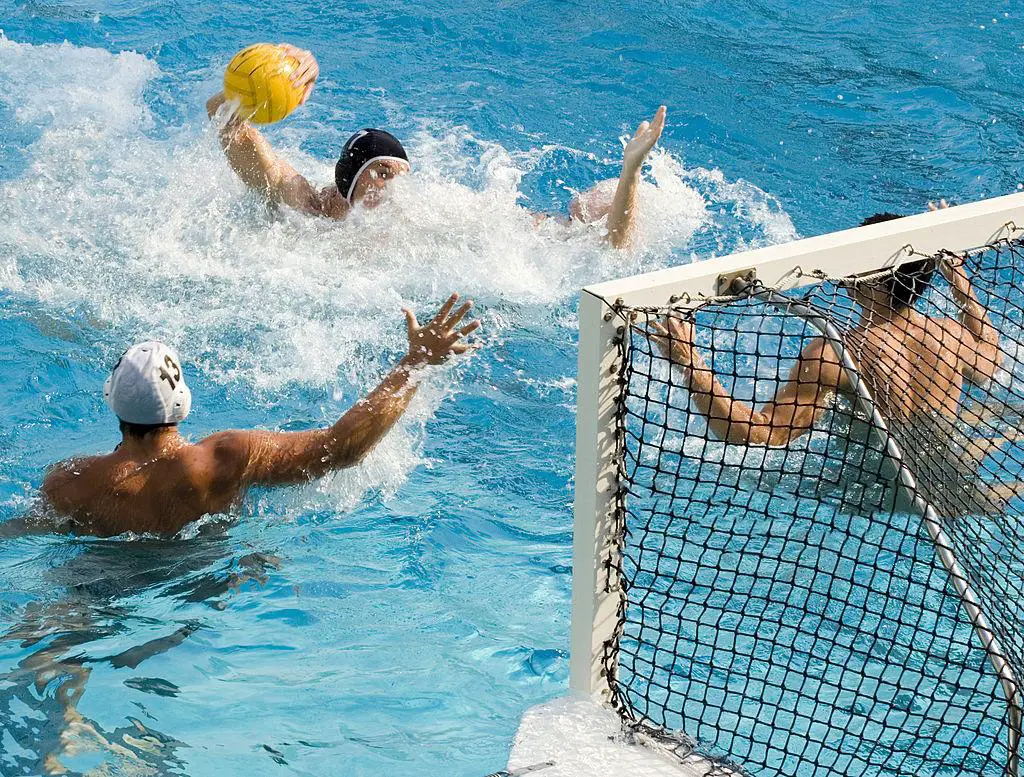
The What is Water Sports Where You Fly
Flyboarding, also known as hydro flying is a sport where water is used to make the rider fly.
This is done by using special boots that are connected to a long hose with its other end submerged in the water. Then using a high-power pump the water is sent through the hose and released from under the boots creating a powerful thrust that can take the rider up to 72 ft
(22 meters) in the air.
Flyboarding was invented in 2012 in Italy by Franky Zapata. It quickly became famous all over the world due to its amazing concept. The experience itself is magnificent.
Riders can move freely in the air using it and can even perform acrobatics with proper training. Amazingly the rider can go underwater as well if he desires to do so.
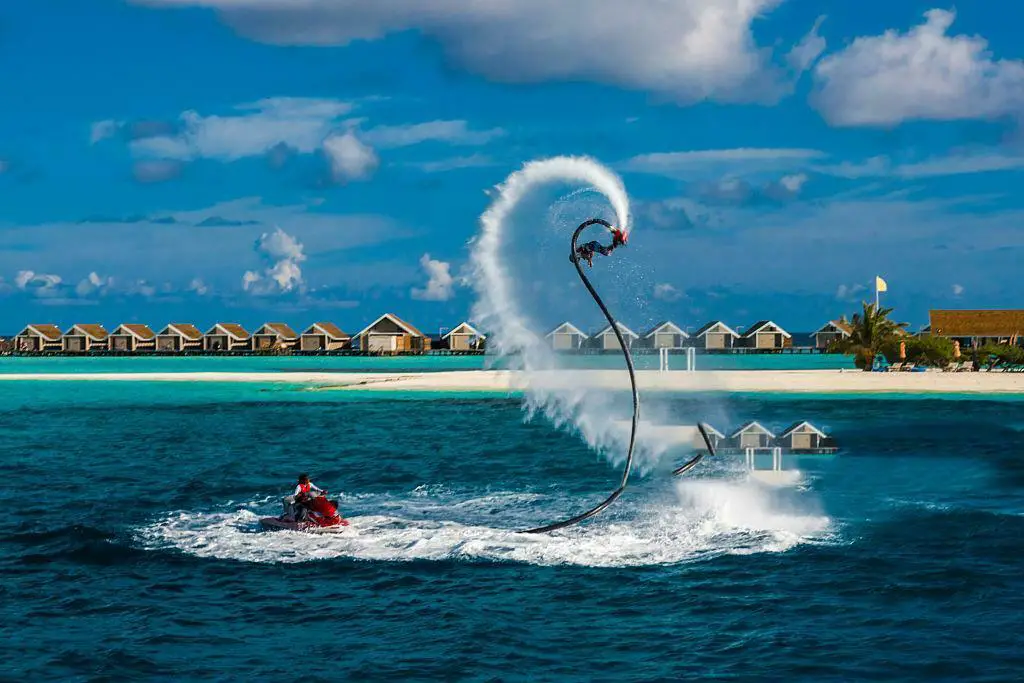
Final Words
The world of water sports is vast, and the varieties are numerous. Some people find their favorite one and dedicate themselves to it, while others just play it for recreation.
No matter the nation or culture, from time to time everyone wonders about the activity of water sports. Water sports can provide entertainment for everyone. It can be done by participating directly or watching from the sidelines. Some water sports are truly bucket list-worthy. Also, you might like the most beautiful surfing beaches in the world to visit this page and get some experiences.
FAQs: Everything You Need To Know About Water Sports
Q: Are water sports safe for beginners?
A: Many water sports can be enjoyed by beginners with the right safety precautions and guidance. It’s important to receive proper instruction, wear appropriate safety gear (such as life jackets), and start with activities suitable for your skill level. Taking lessons from qualified instructors and gradually building your skills and confidence can help ensure a safe and enjoyable experience.
Q: Do I need to know how to swim to participate in water sports?
A: While swimming ability is not always mandatory for all water sports, it is highly recommended. Basic swimming skills and water confidence can greatly enhance your safety and enjoyment in the water. Some water sports, such as surfing or paddleboarding, may require a higher level of swimming proficiency due to the nature of the activities taking place in open water.
Q: What equipment is required for water sports?
A: The equipment needed varies depending on the specific water sport. Common equipment includes items such as surfboards, water skis, wakeboards, personal flotation devices (life jackets), snorkels and masks, diving gear (for scuba diving), kayaks or canoes, paddles, and appropriate footwear. It is essential to use well-maintained equipment that fits properly and is suitable for your chosen water sport.
Q: Are water sports physically demanding?
A: The physical demands of water sports can vary widely. Some activities, such as swimming or snorkeling, can be enjoyed at a leisurely pace, requiring minimal exertion. On the other hand, sports like surfing, wakeboarding, or competitive swimming can be physically demanding and require strength, endurance, and agility. It is advisable to assess your fitness level and choose activities that align with your capabilities.
Q: Can water sports be enjoyed by people of all ages?
A: Yes, water sports can be enjoyed by people of various ages, from young children to older adults. However, it is important to consider individual health, fitness, and skill levels when choosing a water sport. Some sports may have age restrictions or require a certain level of physical fitness. Consulting with healthcare professionals or instructors can help determine the suitability of a particular water sport for your age group.
Q: Are there any environmental considerations when participating in water sports?
A: Yes, environmental awareness is crucial when engaging in water sports. It is important to respect and protect aquatic ecosystems, including marine life, coral reefs, and fragile habitats. This includes proper waste disposal, minimizing pollution, and following designated areas and regulations. Additionally, being mindful of weather conditions, tides, and currents is essential for personal safety while also avoiding damage to the environment.
Q: Can I participate in water sports even if I don’t live near the coast?
A: Absolutely! While coastal regions offer a wide range of water sports, many activities can be enjoyed in lakes, rivers, and even swimming pools. Kayaking, paddleboarding, waterskiing, and swimming are just a few examples of water sports that can be enjoyed in non-coastal areas. Researching local water bodies, clubs, or sports facilities can help you discover water sports opportunities near you.
Remember, safety should always be a top priority when engaging in water sports. It is essential to be aware of your limits, follow safety guidelines, and never underestimate the power of water.


Fairly high-quality explanation. continue the good work
Pleasure is mine